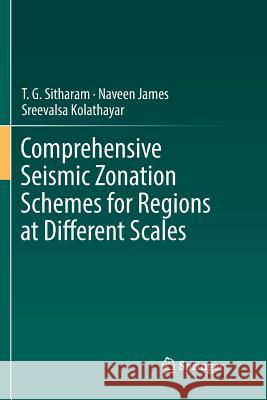Comprehensive Seismic Zonation Schemes for Regions at Different Scales » książka
topmenu
Comprehensive Seismic Zonation Schemes for Regions at Different Scales
ISBN-13: 9783030078249 / Angielski / Miękka / 2019 / 193 str.
Kategorie:
Kategorie BISAC:
Wydawca:
Springer
Język:
Angielski
ISBN-13:
9783030078249
Rok wydania:
2019
Dostępne języki:
Ilość stron:
193
Waga:
0.30 kg
Wymiary:
23.39 x 15.6 x 1.12
Oprawa:
Miękka
Dodatkowe informacje:
Wydanie ilustrowane











